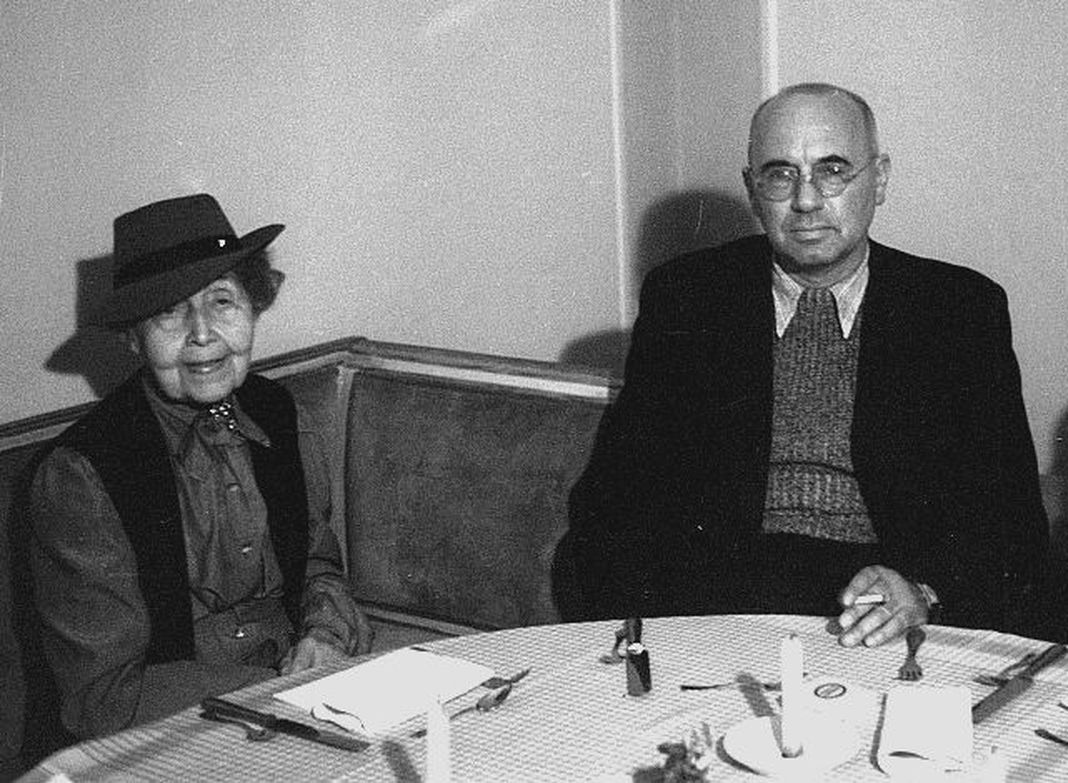|
The Turning Point (1952 Film)
''The Turning Point'' is a 1952 American film noir crime film directed by William Dieterle and starring William Holden, Edmond O'Brien and Alexis Smith. It was inspired by the Kefauver Committee's hearings dealing with organized crime. Plot John Conroy is a Special Prosecutor given extraordinary powers to break up the crime syndicate in a large midwestern town. His investigation will focus on Neil Eichelberger and his criminal operation. A local journalist, Jerry McKibbon, is sympathetic to this but feels Conroy isn't experienced enough to handle the task. Matt Conroy, John Conroy's father, is a local policeman assigned to be his chief investigator. McKibbon discovers that Matt Conroy is a crooked cop who works for Eichelberger. McKibbon demands that Matt break with the mobster or he'll inform his son, John Conroy, of the duplicity. To vindicate himself, it is decided that Matt Conroy will procure a damning file from the D.A.'s office that Eichelberger has requested, but he w ... [...More Info...] [...Related Items...] OR: [Wikipedia] [Google] [Baidu] [Amazon] |
William Dieterle
William Dieterle (July 15, 1893 – December 9, 1972) was a German-born actor and film director who emigrated to the United States in 1930 to leave a worsening political situation. He worked in Cinema of the United States, Hollywood primarily as a director for much of his career, becoming a United States citizen in 1937. He moved back to Germany in the late 1950s. His best-known films include ''The Story of Louis Pasteur'' (1936), ''The Hunchback of Notre Dame (1939 film), The Hunchback of Notre Dame'' (1939) and ''The Devil and Daniel Webster (film), The Devil and Daniel Webster'' (1941). His film ''The Life of Emile Zola'' (1937) won the Academy Award for Best Picture, the second biographical feature to do so. Early life and career He was born Wilhelm Dieterle in Ludwigshafen, the youngest child of nine, to factory worker Jacob and Berthe (Doerr) Dieterle. As a child, he lived in considerable poverty and earned money by various means, including carpentry and as a scrap dealer ... [...More Info...] [...Related Items...] OR: [Wikipedia] [Google] [Baidu] [Amazon] |
